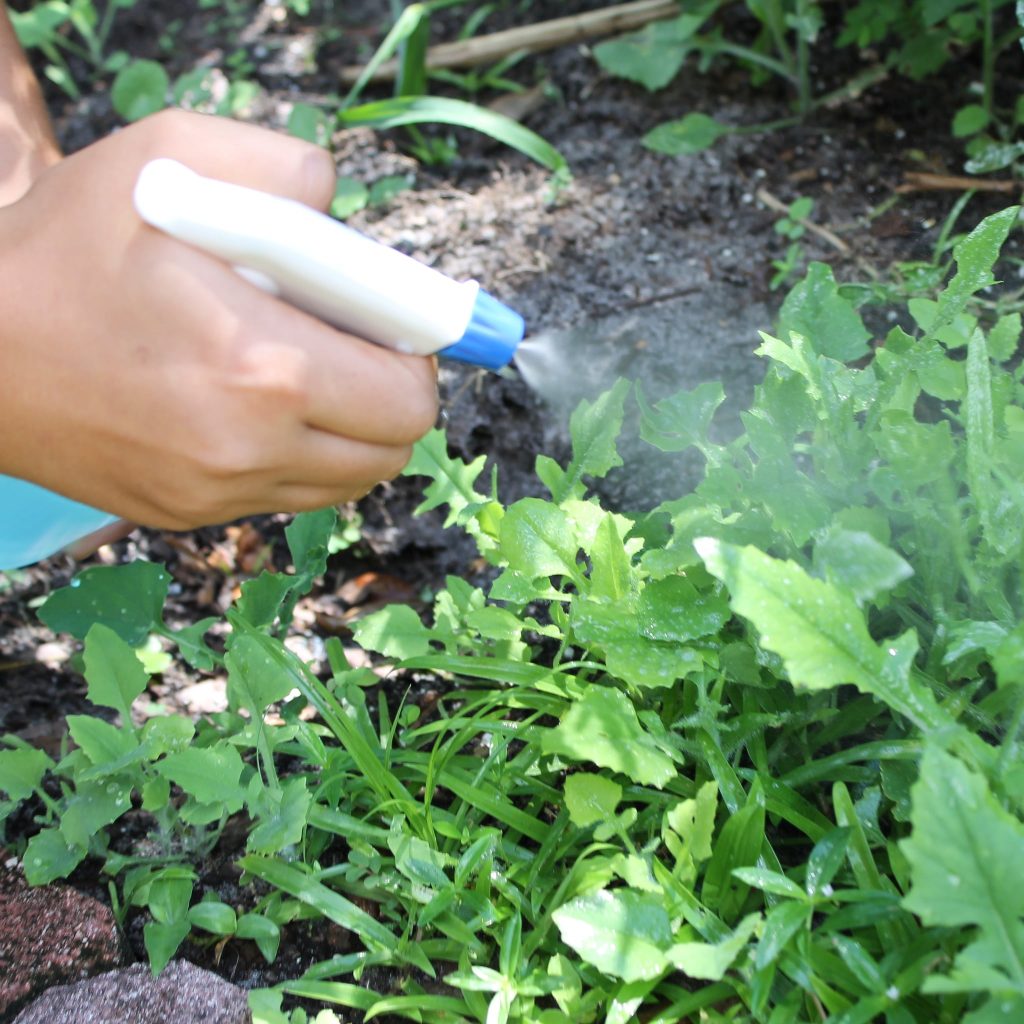
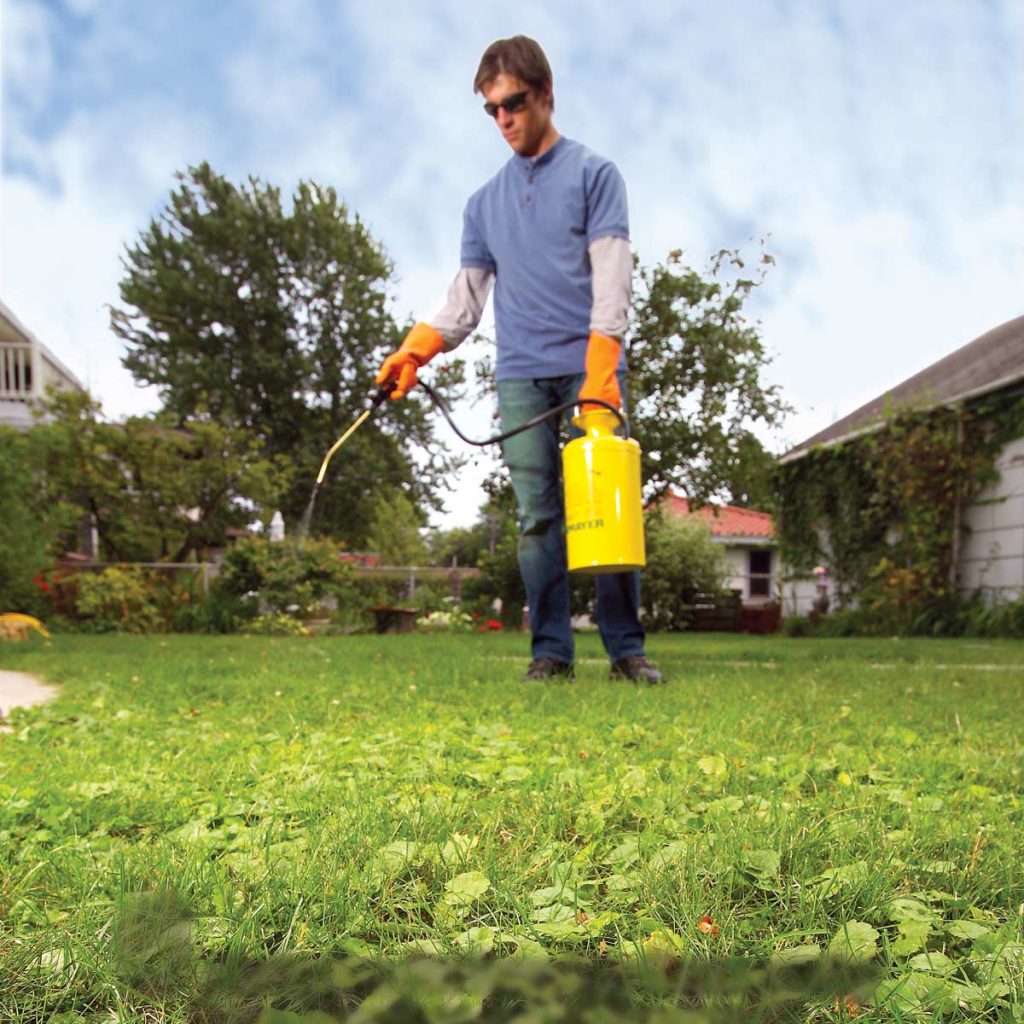
Weed Killer Spray. You might lose your patience when you are dealing with weeds in your lawn or garden. The reason is that taking care of these areas can turn into costly when there are weeds that thrive in those areas.
An infinite amount of weeds are easy to eliminate. Unfortunately, they could grow again, not long. Using weed killer spray, you can prevent their growth.
A high-quality weed killer spray can play a significant role in controlling, preventing, and killing weeds. The application can stop weeds from ruining the look of your lawn or garden.
If you do it properly, you can enhance your home improvement project while increasing your property’s value. The application can bring out the best in your home.
You must look for the most recommended and most effective weed killer that will help you make sure that the weed killer spray continues to bring out its excellent condition.
What is a weed?
A weed is a plant growing that competes with cultivated plants. If you are growing tomatoes, you do not intend other plants to grow nearby or even taking over your garden.
Numerous weeds are naturally good competitors. This competition usually won by weeds and they dominate.
Weeds species are among 3% of approximately 250,000 species of plants worldwide. These plants have abundant seed productivity, quick establishment, and spread, and have a long term survival.
These weeds spell troublesome any way you look. Mainly, these weeds act as a predator to compete for space, soil nutrients, water, and light with cultivated plants.
Some weeds create toxic chemical to cultivated crop plants. Many other weeds are good by stabilizing the soil and also add organic matter.
Other weeds are eatable to humans. They can provide habitat and food for animals, too.
But the weeds that disrupt the cultivated crops have to be controlled. They must be controlled in a practical, economical, and safe way, in order to produce food, feed, and fiber for humans and animals.
How to control weeds?
Never allow them to set seeds
Some of those weeds species produce thousands of seeds from just one plant. These seeds would create problems in the future.
Make sure you remove these weeds around your lawn or garden before they flower and produce seeds. Weed plants like chickweed, pigweed, lambsquarters, purslane, and shepherd’s purse, are examples.
They produce tiny seeds and light. The wind over short distances can blow the seeds.
Their seeds spread profusely and may survive for along period in the soil. Seeds die after two or three years for most annual weedy grasses.
Broadleaf weed seeds die much longer. Weed seeds will be exhausted in about five years on average.
Mulching
To suppress weed throughout the growing season, add three to four inches of mulch. You can also use landscape fabric or black plastic.
Mulching will suffocate weed seeds from sunlight. This suffocation will prevent the germination of seeds.
Mulching provides needed nutrients while decomposes over time, promotes better water retention, and moderates soil temperatures. If you blow leaves in the fall, you can utilize those leaves into garden mulch. This practice will save you the costs of buying bags of mulch.
Establish a perimeter
Focus on the area bordering the natural area, flower bed, garden, or lawn, and establish a weed-free perimeter. Mulch the area or dig up weeds as they emerge.
His practice helps to reduce the number of new weed seeds in the area you want to protect. A good trimmer can surely make it easier to reach weeds along with posts, garden beds, and tight spots.
Get rid of perennial weeds
If you have to deal with perennial weeds, you must dig up their roots, dig up their underground tubers and dig up their rhizomes without leaving fragments behind. This practice is an effective way to stop the growth of perennial weeds from any pieces that may break off and may remain in the soil.
The dig up practice will help to cut off the emerged green part of the weed with your hoe or mower. Repeat the process immediately each time these weeds regrow.
Removing leaves that needed for photosynthesis, the underground weed plant parts will become weakened and will eventually die.
What is weed killer spray?
Weed killers are herbicides that can get rid of unwanted plants from lawn, yards, gardens, or other areas.
There are two types of herbicides: selective herbicide and broad-spectrum herbicide. A selective herbicide only eliminates targeted plants such as dandelions. While broad herbicides can destroy any plant, they touch.
Today’s weed killers duplicate and mimic natural plant hormones. The weed is stopped and does not grow at all.
What ingredients used by weed killers?
There are different active ingredients used in weed killer sprays. They are pre-emergent and post-emergent herbicides. The active ingredients will work before the weed grows, or after the weed grows.
Many of these weed killer sprays are using glyphosate as the active ingredient. Glyphosate is a highly effective herbicide, non-selective, and post-emergent.
Glyphosate has the ability to get rid of or kill desired plants like flowers. The best application is as a spot treatment in driveways or gardens.
Some weed killer sprays, use benefin as its active ingredient. Benefin is a selective and post-emergent herbicide. Mostly, benefin are used as crabgrass control.
Natural plant oils like clove or lemongrass, or vinegar, are natural weed killer. These active ingredients work best as spot treatments and on young weeds since they are not as strong as regular chemical herbicides.
Do it yourself weed killer spray
You can produce weed killer spray by combining or mixing salt, vinegar, and plant oils. Apple cider vinegar is competent enough to cause weeds to wilt away within 24 hours.
Do it yourself (DIY) weed killer spray project certainly might work. Even so, they are not as effective as approved and FDA-tested herbicides that sold in stores.
These DIY weed killer spray may come with unknown risks. Vinegar can kill flowers and beneficial plants alongside weeds.
You have to do some digging information from many resources to whether to purchase a weed killer spray or attempt to make one at home. The conclusion is a weed killer spray sold in stores will be more productive and have clear safety rules and guidelines.
Things to consider about weed killer spray
The price and quality are weed killer spray product consideration before you spend your hard-earned cash on.
An effective herbicide or weed killers are ones that you have to choose, period. When choosing a weed killer, the first step should be to read the label and see if the weed killer works on the type of plants you are targeting.
You might want to check on customer testimonials for determining what to weed killer spray to purchase.
Weedkiller or herbicide sprays are sold in two standard denominations: by the gallon or per ounce. If you are spot-treating a smaller area, purchase a smaller container is better than a large gallon tub.
But the gallon containers are cheaper by volume, as they are sold at more of a wholesale deal price. If you purchase an enormous container, it might save you money in the long run.
What is the best and most recommended weed killer spray?
[wptb id="3576" not found ]1. Agrisel Gly Pho-sel Pro 41% Glyphosate + Surfactant Mks 64 Gls Weed Killer
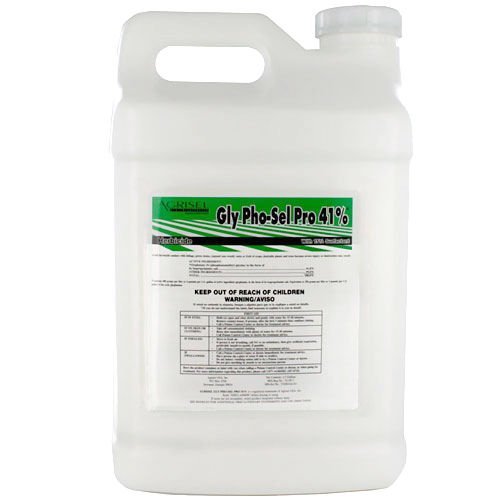
This liquid form product with 41% Glyphosate is a high quality fast-acting systemic total vegetation weed killer. They can be sprayed on weeds and grasses.
Gly Pho-Sel Pro 41% starts working fast, just within 1-2 hours. The herbicide kills weeds and grasses on contact.
With the same active ingredient as Round-Up Pro, Gly Pho-Sel 41% gives fast and total vegetation and weed control. Homeowners, golf courses, landscapers, non-crop environment, ornamental, turf, and agriculture can use the herbicide.
The herbicide is highly concentrated with 41% Glyphosate herbicide, and a 15% surfactant included. You can mix GlyPhoSel easily in a sprayer and has a very low odor.
Application: mix two to 4 oz. with a gallon of water to control hard to kill perennial weeds.
Active Ingredient: 41% Glyphosate 15% Surfactant. Target pests: Annual and Perennial Broad-leaf Weeds and Grasses.
Pro :
Con :
2. Roundup Ready-To-Use MAX Control 365 with Comfort Wand
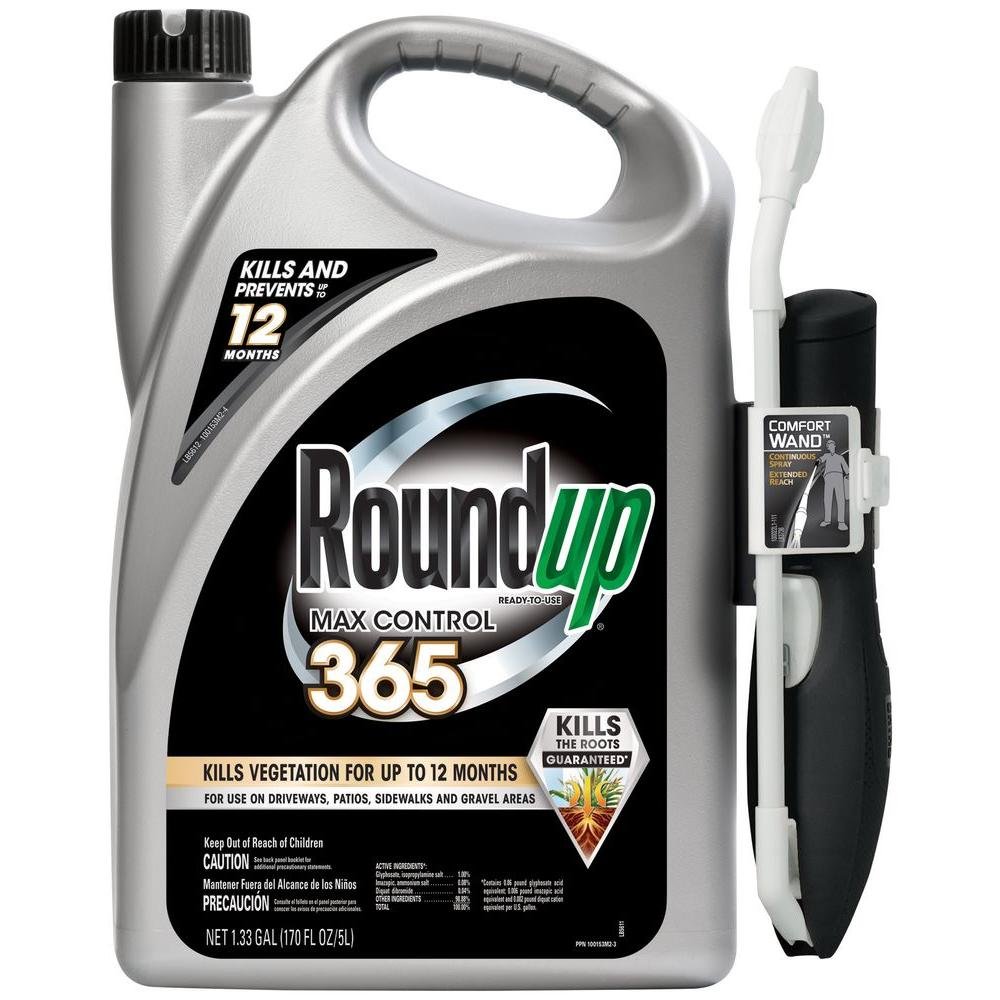
Roundup Ready-To-Use MAX Control 365 eliminates, kills, and controls weeds for six to 12 months. It works by penetrating the soil and begins killing the roots.
This product is rainproof 30 minutes after application. You will notice the result as soon as in 12 hours or less.
The product is specifically for use on driveways, patios, gravel areas, and sidewalks. Do not apply the herbicide product over the root systems of cultivated plants to avoid damaging them, especially shrubs and trees.
Pro :
Con :
3. Natural Armor Weed & Grass Killer All-Natural Concentrated Formula
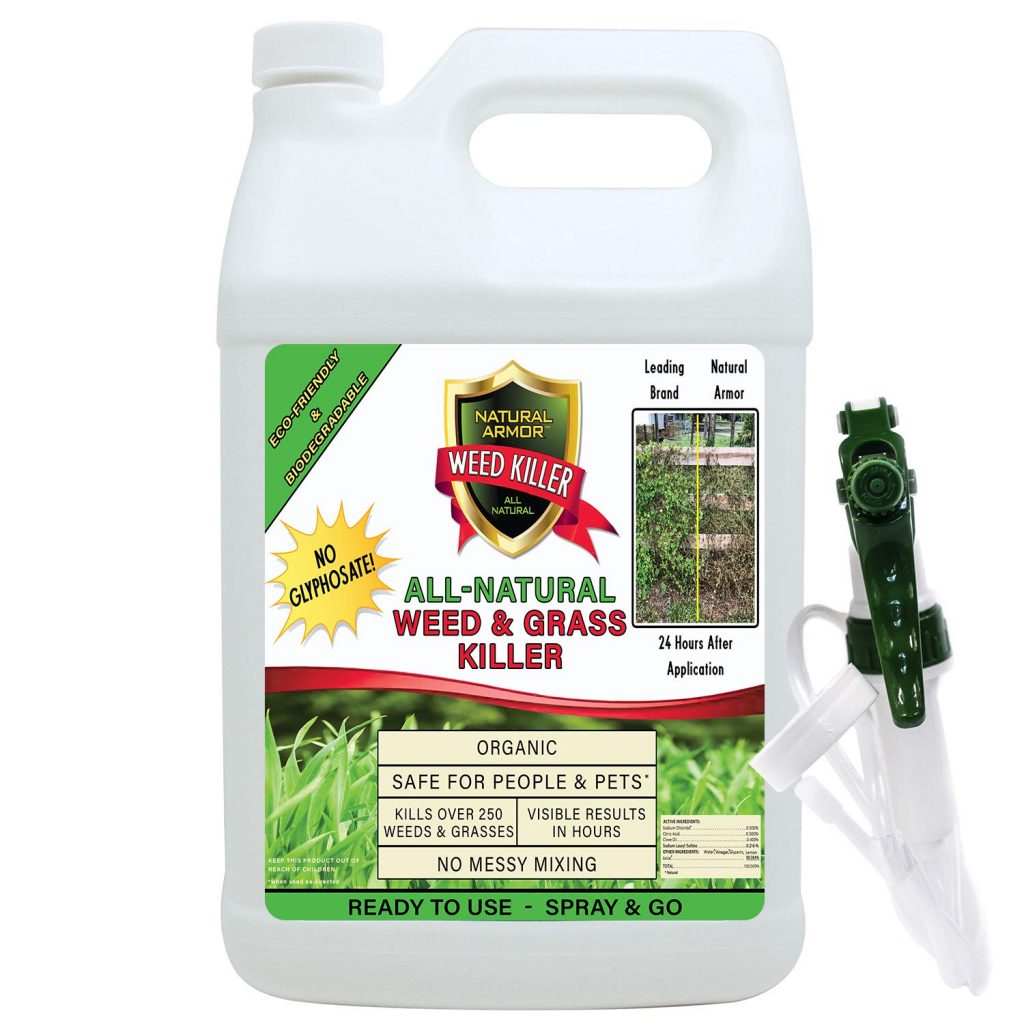
This product is a concentrated and all-natural formula that can get rid of more than 250+ types of weeds and grasses. This product is the best eco-friendly, non-toxic, and biodegradable grass and weed killer product.
Grass and weeds will be torched by this product — almost the same price as other brands without dangerous chemicals.
The application is safe for people and pets. You purchase a ready to use, weed killer spray. Without messy mixing or diluting.
Use this product on grass and weeds such as a driveway, edging, mulch bed, around flower beds, barns, shrubs and trees, fence lines, foundations, gravel areas, overgrown weed areas, patios, parking areas pavers, rock walls, and pathways — any location where no weeds are wanted.
The product is a fast-acting weed killer that you can see results in a matter of hours. This product will not contaminate groundwater or birds, fish, or mammals.
Pro :
Con :
4. Ortho Weed B Gon Plus Crabgrass Control
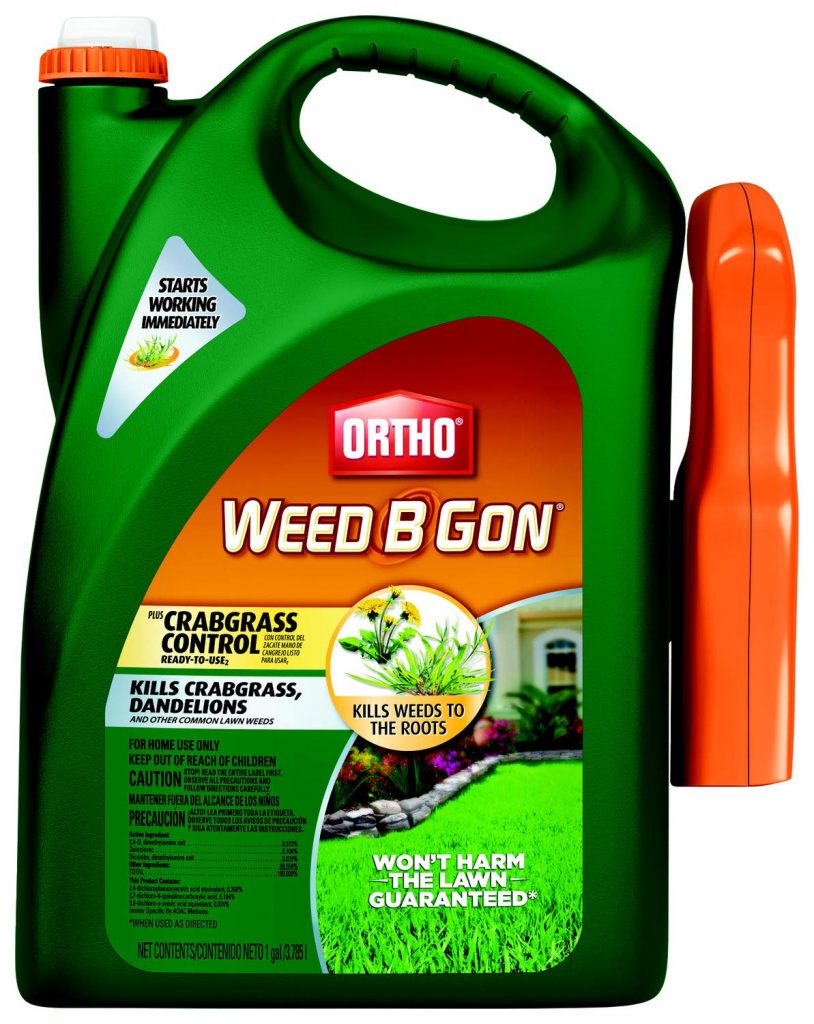
This product can get rid of crabgrass, dandelions, and other lawn weeds. Eliminate weeds to the roots. It is possible to kill more than 200+ weeds.
The application will not harm the lawn when used as directed. It begins working immediately.
This product contains Quinclorac, which is the same stuff you used commercially with excellent results. The thing about Crabgrass, or any undesirable grasses, is they take a long time to kill.
You can increase the dosage but take the risk of killing the high grass as well. When Crabgrass starts to die, it first turns colors or red, purple or orange.
The grass will not disappear entirely like dandelions or any broadleaf. However, it will not come back next year.
This Quinclorac does not prevent any new seeds from sprouting, which is what you might have had. Crabgrass puts out a tremendous amount of seeds each year if not killed early enough.
The key is to hit it hard and often soon when it first sprouts before it goes to seed. Any weed seeds can last up to five years in the soil before they germinate depending on the soil moisture and temperature.
This is why you may see new weeds when you disturb the land in any way. A lush, thick lawn will keep the soil temps down, and many seeds will rot before germinating.
This is why Crabgrass and other weeds tend to sprout next to driveways because the temps are higher. A problem lawn can take 3 to 4 years of constant attention to become weed-free.
Your first application in the spring should be a secure fit with this pre-emergent herbicide. This will kill off any seeds, including grass seeds, that try to germinate.
Pre-emergent herbicide lasts about 90 days. As the temps get hotter, back off on the feet and spot treat weeds as needed.
No need to weed control the whole lawn as this is a waste. In the fall, as temps drop and rain comes back, step up the product and weed killer again if you plan to spread new seed wait until fall.
The temps are lower, there is usually more rain, the pre-emergent is done, and traffic on the lawn is mostly done. When reseeding, stay off the lawn as much as possible.
Please stay off the lawn when there is frost on it as you can kill the grass. Unfortunately, a very lush, the thick garden is relatively expensive as it can require a lot of water and or chemicals.
A full sun lawn requires much more water than a shaded lawn but recovers from damage quicker. The best gardens are the ones that have an underground sprinkler system.
Also have an excellent, timed lawn care service. Once we got the weeds under control in such a lawn, they required little, if any, weed killer.
Pro :
Con :
5. Roundup QuikPro

The product is a non-selective post-emergent herbicide for industrial, non-crop, commercial, and residential use. This QuickPro contains two active ingredients: 2.9% diquat and also 73.3% glyphosate.
QuickPro works much faster than other typical glyphosate products. This product comes with a 1.5 oz measuring cup and 1.5 oz. Per 1 gallon of water.
When applied, it is absorbed quickly by plants and is rainfast in one hour. Rain will not wash the Roundup away as easily.
The mixture of diquat, and the surfactant, gives you even faster-killing process of weeds. The application can control woody brush, trees, broadleaf, and grassy weeds – roots and all.
Pro :
Con :
Frequently ask question
Do you need weed control?
Weeds win in a competition against cultivated lawn grasses for soil nutrients, water, space, and light. Those weeds are aggressive enough and can dominate a lawn. Before this domination happens, a controlled and preventive approach is recommended. An application of proper mowing, regular fertilization, and correct watering practices are preventive measures. Those weeds can also be controlled through hand pulling or digging. This practice is much more labor-intensive. The method is not always practical since many plants can reproduce through vegetative parts if they are not entirely pulled out.
Why do I still get weeds sometimes?
When you apply a pre-emergent or post-emergent herbicide to your lawn or garden, your goal is to get a 100% control. Unfortunately, applying herbicide is not a perfect science since there are so many variables. 95% or better control is great. You could miss a spot when you apply the herbicide, and weeds come back.
Are herbicides harmful to humans and wildlife?
While considering the potential effects of any chemical on any cultivated plant, it is important to take three principles of toxicology. 1. all substances are toxic, but some are more toxic than others; 2. the degree of exposure depends on the dose; 3. if there is no exposure, there can be no effect. The potential impact of a herbicide on humans or wildlife depends on the duration, frequency, and route of exposure. There are levels of exposure for humans or wildlife to herbicide applications for which you cannot measure a direct lousy effect. Application rates, techniques, and mitigation strategies are the best management application to make sure a high probability that exposure levels for wildlife species are below the toxicological effect.
Why should I apply herbicides in rotation or in mixtures?
One thing according to the fact is that when herbicides are utilized in combination, these herbicides help protect each other. They also stop the development of resistance to anyone’s herbicide. The result is the time it takes for resistance development is much longer. This matter is compared with the total time of losing all the herbicides when they are used individually. Moreover, if the resistance development is allowed to develop in a field, it increases the risk of resistance — the risk to the next herbicide through a steep increase in the seed-bank size. So, you need to be proactive and make sure that strength is stopped by applying herbicides in rotation or mixtures.
When is the best timing to apply herbicides – in the front end (early season) or back end?
Applying herbicides in the front end is very useful because it minimizes the high seed production potential. Moreover, weed escapes that exist in the field following the front end or early-season herbicides are controlled by post-emergent herbicides. Overlaying herbicide is an effective strategy to keep the areas free of weed throughout the growing season.
What are the factors to consider in improving the effectiveness of my herbicide programs
Increasing management diversity by combining multiple herbicide chemistries is important. The timing of applying herbicide is crucial because it influences the likelihood of weed escapes. Diversified applications at peak weed emergence periods are particularly helpful (usually the period from planting to crop canopy formation). Further, the risk of resistance decreases with an increase in herbicide efficacy. Although it is not feasible to increase the effectiveness of herbicide products, you should aim at achieving the maximum possible efficiencies by applying at the right weed sizes. Do this by using sound application techniques and applying under ideal environmental conditions.